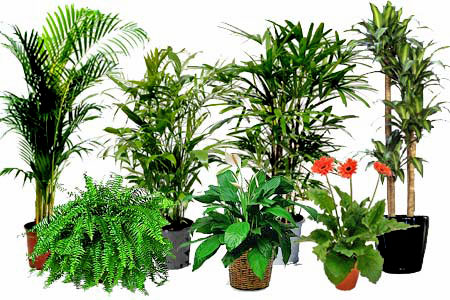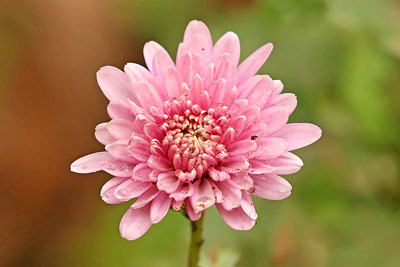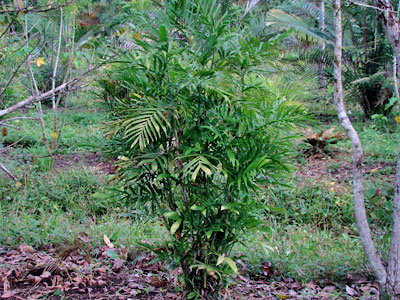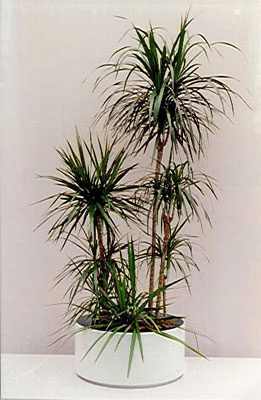|

by Elizabeth Renter
September 15, 2012
from
ActivistPost Website

NASA knows a thing or two about keeping
air clean, sending astronauts into space with a limited amount of
breathable air for months on end. After all, they can't simply open
a window when things get stuffy in space.
What NASA researchers have learned about air quality in the home
concerning air-cleaning plants, however, is refreshing to say the
least.
They've found several common houseplant varieties can essentially
clean the air of certain chemicals. They tested a variety of plants
to see which was best at removing carcinogens like
trichloroethylene, formaldehyde, and benzene.
But, these chemicals aren't in my home -
you might be thinking. And you would be wrong.
Cleansing the
air with Air-Cleaning Plants
According to the NY Times:
Formaldehyde is commonly found in
drapes, glues and coating products. Benzene is a component of
paint supplies and tobacco smoke, and trichloroethylene is used
in adhesives, spot removers and other household products.”
And with asbestos, formaldehyde, and
other VOCs leaching off every wall of our home, it's no surprise
that
indoor pollution may be causing 50% of illnesses worldwide.
Those headaches you have on a regular
basis, where the cause just can't be pinpointed, may actually be a
result of poor air quality in your home. The good news is that you
can cleanse the air with air-cleaning plants - what better way to
solve a problem than with nature.
Taken from NASA's ‘Interior Landscape Plants for
Indoor Air Pollution Abatement‘ report, it
reads:
Another promising approach to
further reducing trace levels of air pollutants in side future
space habitats is the use of higher plants and their associated
soil microorganisms. (28-29)
Since man's existence on Earth
depends upon a life support system involving an intricate
relationship with plants and their associated microorganisms, it
should be obvious that when he attempts to isolate himself in
tightly sealed buildings away from this ecological system,
problems will arise…
In this study the leaves, roots,
soil, and associated microorganisms of plants have been
evaluated as a possible means of reducing indoor air pollutants.
Additionally, a novel approach of
using plants stems for removing high concentrations of indoor
air pollutants such as cigarette smoke, organic solvents, and
possibly radon has been designed from this work.
The plants found to be most effective at
purifying the air include:
Dr. Clifford W. Bassett, of New York
University's School of Medicine says that one plant for every 100
square feet of your home is a good rule of thumb.
Rather than spending several hundred dollars on air purifiers and
humidifiers, you can spend a few dollars on a plant and some dirt
for the same or even better effects.
And of course there are other
air purifying plants you can use as well:
It's nearly impossible to get
completely away from air pollution.
Even if you move to a cave in
the mountains, your fire and the smog from nearby areas would reach
you. But, if you can decorate your house with air-cleaning plants,
you can at least minimize their presence in your most sacred of
spaces.
While some insist on moving toward
genetically modified plants that produce pharmaceuticals, the
rest of us simply want to embrace the natural cleansing capabilities
of nature.
Additional Sources
|






